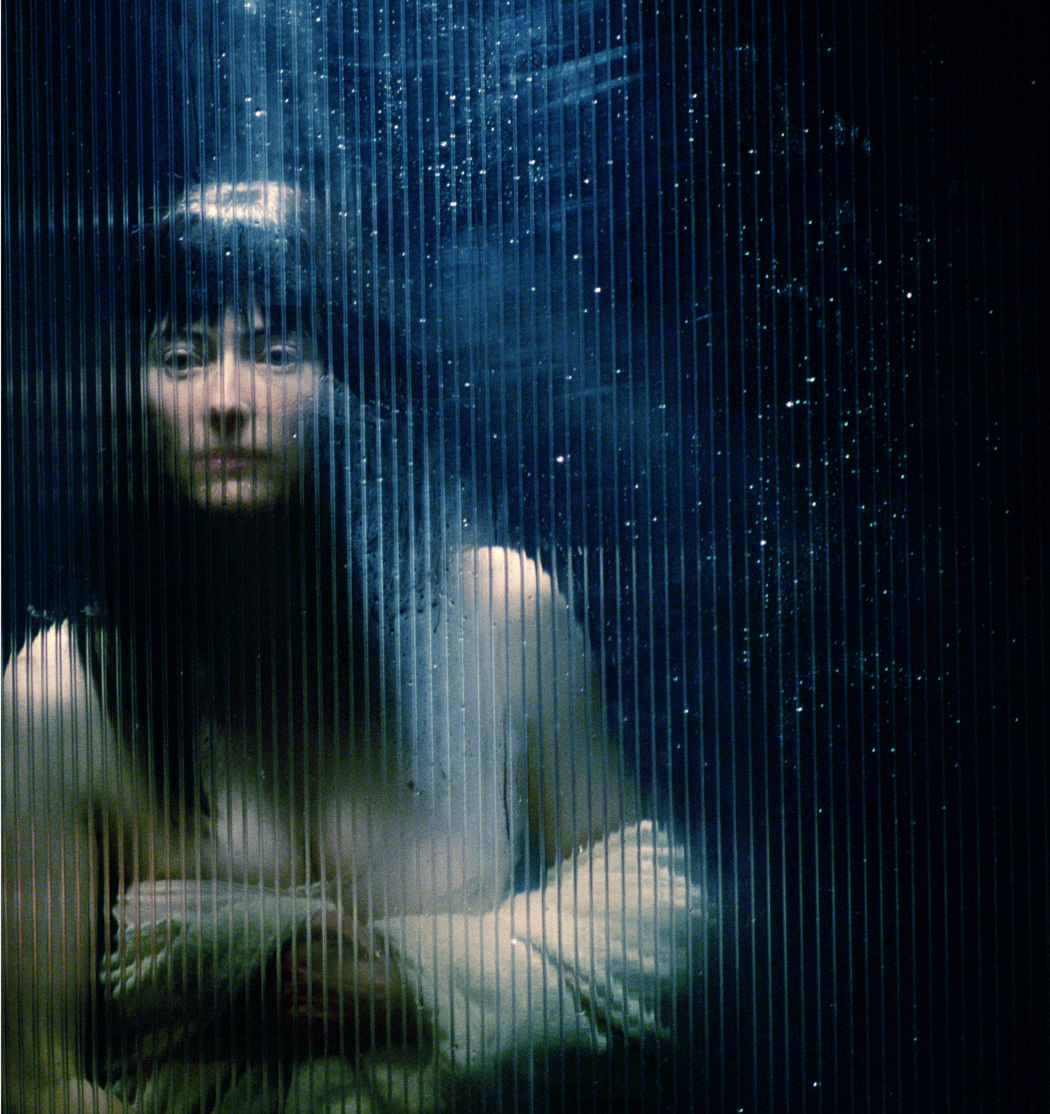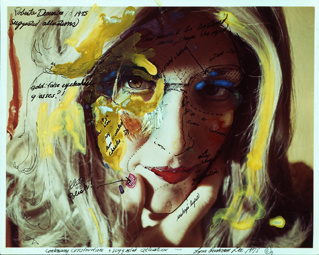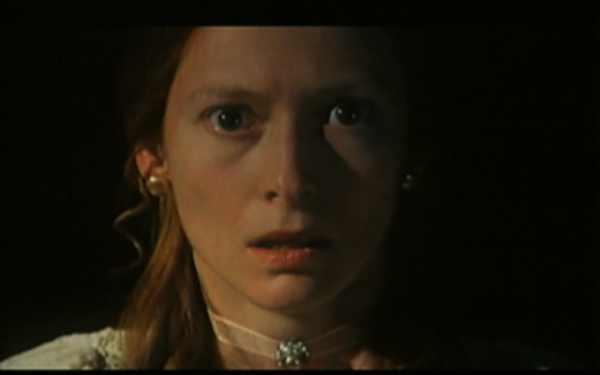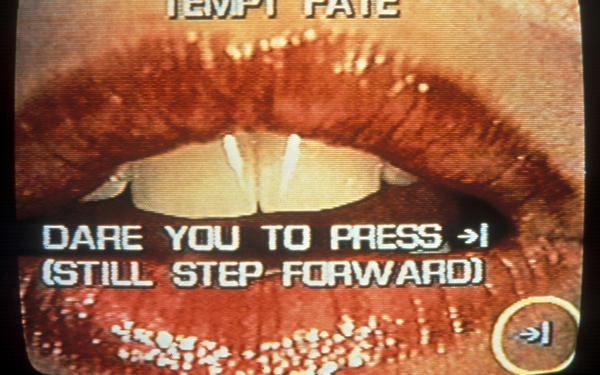Introduction to the Exhibition: Lynn Hershman Leeson. Civic Radar
Lynn Hershman Leeson is considered one of the world’s first and most influential media artists. Over the past five decades she has made pioneering contributions to the fields of photography, video, film, performance and installation art, as well as interactive and new media art. The exhibition »Civic Radar«, put together in close collaboration with the artist, surveys the different phases of her work, showing alongside rare examples of her early work some of her latest efforts.
Hershman Leeson’s career began in the early 1960s with performances and conceptual work. Her very first sculptures, installations and performances addressed themes that would later become characteristic of her oeuvre – for instance, the construction of identity, the role of women and minorities in society and the importance of the media as a tool to counter censorship and political suppression. As of the 1970s, the use of media enriches her range of content, focusing on the connection between individuals and technology, the relationship between the real and the virtual and the democratic potential of interactivity.
Hershman Leeson’s career began in the early 1960s with performances and conceptual work. Her very first sculptures, installations and performances addressed themes that would later become characteristic of her oeuvre – for instance, the construction of identity, the role of women and minorities in society and the importance of the media as a tool to counter censorship and political suppression. As of the 1970s, the use of media enriches her range of content, focusing on the connection between individuals and technology, the relationship between the real and the virtual and the democratic potential of interactivity.
One of the best-known series of works by Lynn Hershman Leeson features a fictional figure, Roberta Breitmore (1973–1979). It was initially brought to life by the artist herself and then by other women. The experiences constructed by Hershman / Breitmore have been recorded in objects and documents that reflect Western culture – for example the image of surveillance. With her Breitmore figure Hershman Leeson shaped the idea of duplicated identity anticipating the virtual world of Second Life by decades. By transforming the experiences of avant-garde media into documentations and feature films such as »Electronic Diaries« (1986–1998), »Conceiving Ada« (1997), »Teknolust« (2002), »Strange Culture« (2007), »!W.A.R. Women Art Revolution« (2010), Hershman Leeson’s work was seminal for a large number of 21st century video artists who moved from engagement in cultural activities to Hollywood.
In her artistic research on sexual identity and surveillance Hershman Leesons also includes often the viewers. In her installation »Dante Hotel« (1973/1974), her laser videodisc work »Lorna« (1979 –1984) and the peep show »Room of One’s Own« (1993), Hershman Leeson puts the viewer in the role of a voyeur, thus opening up new perspectives on various forms of surveillance. In her film »Teknolust« (2002, starring Tilda Swinton), she uses cyber identities and cloned beings to take her range of topics to a futurist level. In her latest work, Hershman Leeson not only includes current media of mass communication such as Smartphones, but also investigates very recent scientific developments from the fields of regenerative medicine and genetics research.
Hershman Leeson received a Bachelor of Science in Museum Administration and Art at Case Western Reserve University (Cleveland) and a Master of Arts in Art Criticism at San Francisco State University. From 1993 through 2004 she was Professor of Electronic Arts at the University of California (Davis). From 2004 through 2010 she held the Andrew D. White Chair at Cornell University (Ithaca). In 2007 the artist assumed charge of the San Francisco Art Institute’s Film Department. Over the years, Hershman Leeson has received numerous awards, including the Siemens Medienkunst Preis (1995) and the Prix Ars Electronica (Golden Nica, 1995).
Authors: Peter Weibel, Andreas Beitin
Hershman Leeson received a Bachelor of Science in Museum Administration and Art at Case Western Reserve University (Cleveland) and a Master of Arts in Art Criticism at San Francisco State University. From 1993 through 2004 she was Professor of Electronic Arts at the University of California (Davis). From 2004 through 2010 she held the Andrew D. White Chair at Cornell University (Ithaca). In 2007 the artist assumed charge of the San Francisco Art Institute’s Film Department. Over the years, Hershman Leeson has received numerous awards, including the Siemens Medienkunst Preis (1995) and the Prix Ars Electronica (Golden Nica, 1995).
Authors: Peter Weibel, Andreas Beitin



